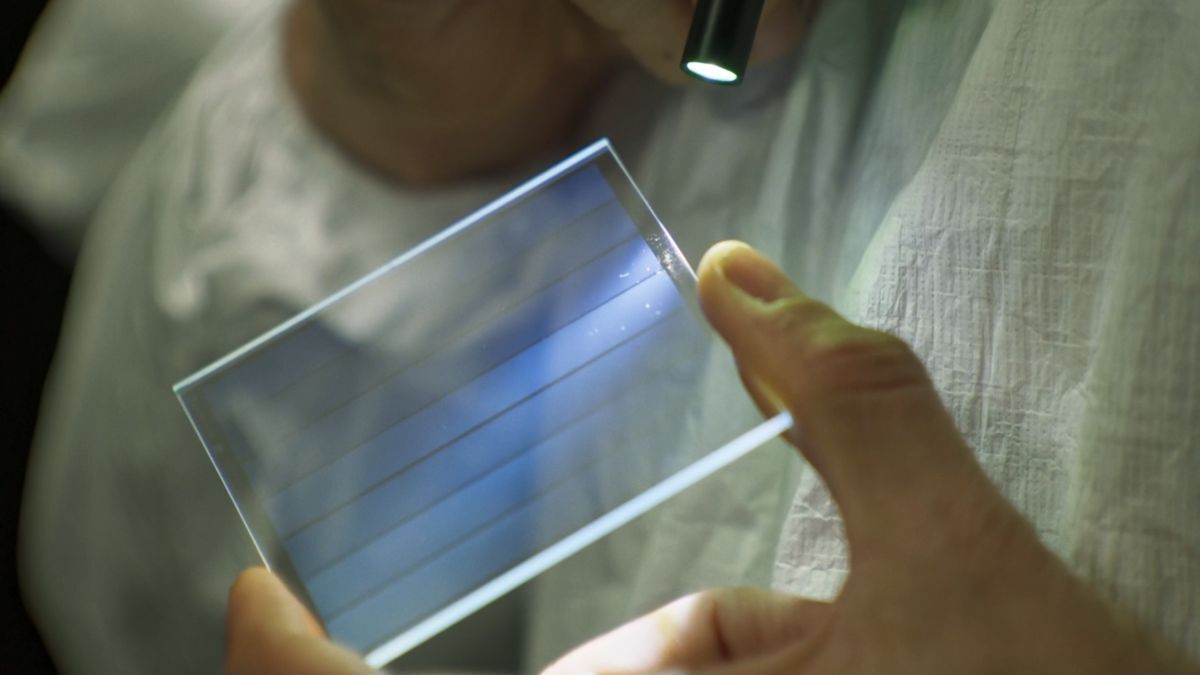Data is written in a square glass platter with ultrafast femtosecond lasers through voxels. These are permanent modifications to the physical structure of the glass, and allow for multiple bits of data to be written in layers across the surface of the glass. These layers are then stacked vertically in their hundreds.
To read data, they employ polarization microscopy technology to image the platter, while the read drive scans sectors in a Z-pattern. The images are then sent to be processed and decoded, which leans on machine learning model to convert analog signals to digital data.



I’d like to believe it. But if companies and governments refuse to change or implement the simplest thing after being being pentested 5000 times, then the technology really doesn’t matter. I suppose it might help that Microsoft has a monopoly on this and most organizations use MS products, so the next pentest report might just suggest “call your Microsoft rep and buy the new glass storage.”